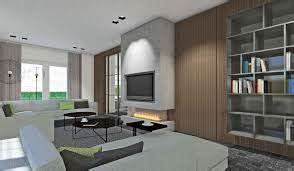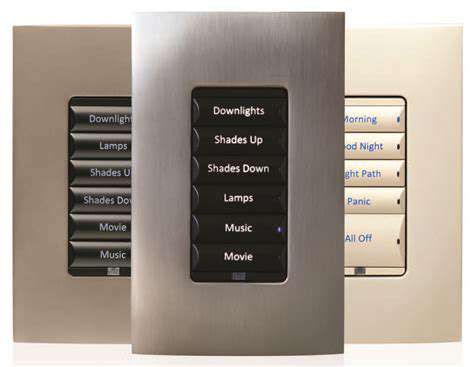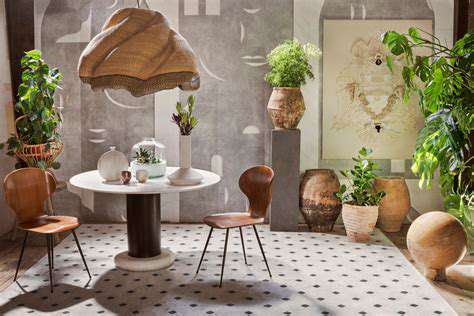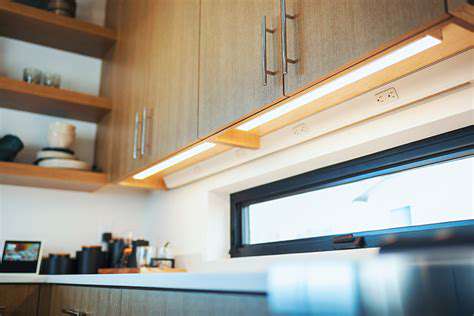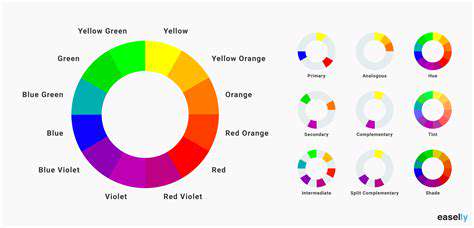How to Create a Modern Soft Decoration Concept
Choosing the Right Shade of White
Not all whites are created equal. A stark, blue-tinged white feels crisp and modern, while an antique white with yellow undertones whispers coziness. Selecting the perfect white requires considering both natural and artificial light throughout the day. Test swatches at different times to see how they transform.
Incorporating Earthy Tones
Earthy neutrals—warm taupes, soft clays, and muted ochres—connect interiors to the natural world. Use these hues for large surfaces like walls or flooring to establish a grounded, organic feel. Pair with raw materials like unfinished wood or rough stone to amplify the connection to nature.
Accenting with Subtle Pops of Color
While neutrals dominate, strategic color accents prevent monotony. A single terracotta vase, sage-green throw pillows, or faded indigo artwork inject personality without overwhelming. These restrained moments of color feel intentional, not accidental.
Strategic Lighting for a Warm and Inviting Ambiance

Strategic Placement for Maximum Impact
Lighting placement is transformative. Well-positioned fixtures highlight architectural details, elevate artwork, and create intimate vignettes. This thoughtful approach ensures lighting enhances—not competes with—your design. Always consider the room’s proportions and intended use.
Layering ambient, accent, and task lighting creates depth. Aim for a mix that feels organic, not formulaic. For example, pair a sculptural floor lamp (ambient) with directional picture lights (accent) and a sleek desk lamp (task).
Ambient Lighting: Setting the Stage
Ambient light is the canvas upon which other lighting layers. Opt for diffused sources—dimmable ceiling fixtures, wall washers, or even candlelight—that eliminate harsh shadows. Warm white bulbs (2700K-3000K) cultivate coziness, while cooler tones (3500K+) suit task-oriented spaces.
Accent Lighting: Highlighting the Highlights
Accent lighting is storytelling. Use adjustable track lights to spotlight a gallery wall or LED strip lighting to graze a textured backsplash. These focused beams create drama, drawing attention to your space’s most compelling features.
Task Lighting: Enhancing Functionality
Task lighting marries form and function. A swing-arm sconce by a reading nook or under-cabinet lighting in a kitchen ensures practicality without sacrificing style. Choose fixtures with adjustable brightness to accommodate different needs throughout the day.
The Role of Color Temperature
Color temperature shapes mood. Warm tones (2000K-3000K) invite relaxation—ideal for living rooms and bedrooms. Cooler tones (4000K+) promote alertness, perfect for home offices. Smart bulbs allow you to shift temperatures as the day progresses, aligning with natural circadian rhythms.
Lighting Fixture Selection: Beyond the Basics
Fixtures should feel like natural extensions of your décor. In a rustic-modern space, consider blackened steel pendants; for midcentury flair, try brass sputnik chandeliers. Scale matters—oversized fixtures can overwhelm small rooms, while undersized ones get lost in spacious areas.
Energy Efficiency and Sustainability
Modern lighting prioritizes planet-friendly choices. LED technology offers longevity and energy savings without compromising aesthetics. Look for ENERGY STAR-rated fixtures and consider solar-powered outdoor options to reduce your carbon footprint. Smart lighting systems further optimize energy use through automation and scheduling.
